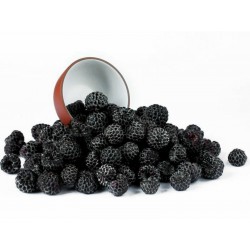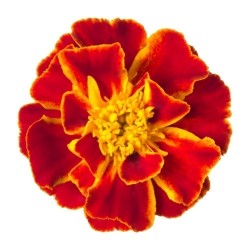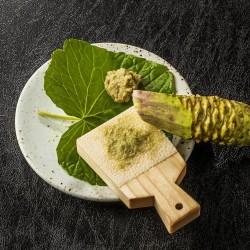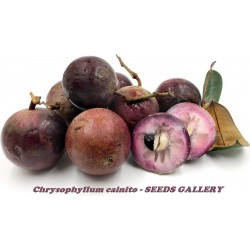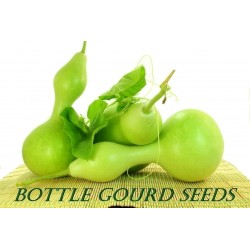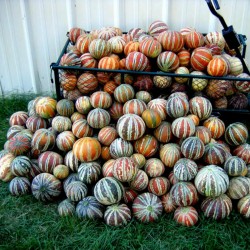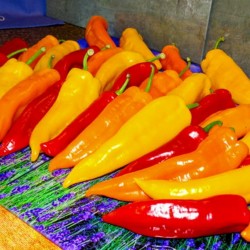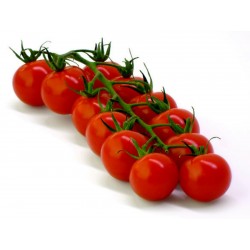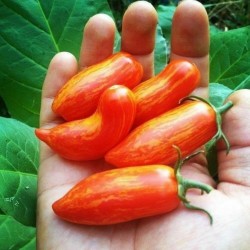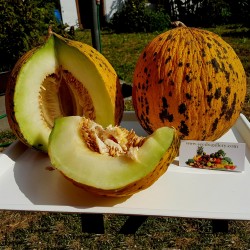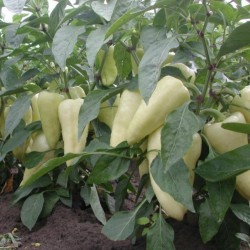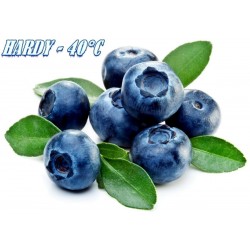
Amerikanskt Highbush Blåbär...
Pris
1,85 €
SKU: V 194
Seeds Gallery Com,
5/
5
<!DOCTYPE html>
<html>
<head>
<meta http-equiv="Content-Type" content="text/html; charset=UTF-8" />
</head>
<body>
<h2><strong>Amerikanskt Highbush Blåbär Frö (Vaccinum Corymbosum)</strong></h2>
<h2><span style="color: #ff0000;"><strong>Pris för Paket med 50 (0,015g) frön.</strong></span></h2>
<p>Amerikanskt blåbär (Vaccinium corymbosum) är en växtart inom familjen ljungväxter från Nordamerika. På engelska kallas arten Northern highbush blueberry, eller bara blueberry.</p>
<p>Till skillnad från den lågkrypande europeiska arten av blåbär är de amerikanska blåbäret en lövfällande buske som kan bli upp till 4 meter höga och ofta växer i täta snår. De mörka glansiga bladen är ellipsformade och upp till 5 centimeter långa. Blommorna är vita och klockformade och cirka 10 millimeter långa. Bären växer i klasar och deras färg är mörkblå till svart. Bärets fruktkött är ljusgrönt till skillnad från det europeiska bärets rödvioletta fruktkött och färgar därför inte av sig. Växten föredrar fuktig, sur jord.</p>
<p> </p>
<p>Medan europeiska blåbär i princip inte kan odlas kommersiellt, så är praktiskt taget alla amerikanska blåbär i handeln odlade, och stora odlingar med amerikanska blåbärsbuskar finns numera även i Australien och Sydamerika.</p>
<p> </p>
<p><strong>Andra arter</strong></p>
<p>Andra arter som odlas är Vaccinium darrowii (Southern highbush blueberry), samt de något lägre Vaccinium angustifolium (Lowbush blueberry) och Vaccinium myrtilloides (Canadian blueberry).</p>
<p> </p>
<p>Other common names include blue huckleberry, tall huckleberry, swamp huckleberry, high blueberry, and swamp blueberry. Vaccinium corymbosum, the northern highbush blueberry, is a North American species of blueberry which has become a food crop of significant economic importance. It is native to eastern Canada and the eastern and southern United States, from Ontario east to Nova Scotia and south as far as Florida and eastern Texas. It is also naturalized in other places: Europe, Japan, New Zealand, the Pacific Northwest of North America, etc.</p>
<p> </p>
<p>Vaccinium corymbosum is a deciduous shrub growing to 6–12 feet (1.8–3.7 m) tall and wide. It is often found in dense thickets. The dark glossy green leaves are elliptical and up to 5 centimetres (2.0 in) long. In autumn, the leaves turn to a brilliant red, orange, yellow, and/or purple.</p>
<p>The flowers are long bell- or urn-shaped white to very light pink, 0.33 inches (8.4 mm) long.</p>
<p>The fruit is a 0.25–0.5 inches (6.4–12.7 mm) diameter blue-black berry. This plant is found in wooded or open areas with moist acidic soils.</p>
<p>The species is tetraploid and does not self-pollinate.[9] Most cultivars have a chilling requirement greater than 800 hours.</p>
<p> </p>
<p><strong>History</strong></p>
<p>Many wild species of Vaccinium are thought to have been cultivated by Native Americans for thousands of years, with intentional crop burnings in northeastern areas being apparent from archeological evidence.[9] V. corymbosum, being one of the species likely used by these peoples, was later studied and domesticated in 1908 by Frederick Vernon Coville.</p>
<p> </p>
<p><strong>Uses</strong></p>
<p>In natural habitats it is a food source for native and migrating birds, bears, and small mammals.</p>
<p>The berries were collected and used in Native American cuisine in areas where Vaccinium corymbosum grew as a native plant.</p>
<p> </p>
<p><strong>Cultivation</strong></p>
<p>Vaccinium corymbosum is the most common commercially grown blueberry in present-day North America. It is also cultivated as an ornamental plant for home and wildlife gardens and natural landscaping projects.</p>
<p> </p>
</body>
</html>
V 194





